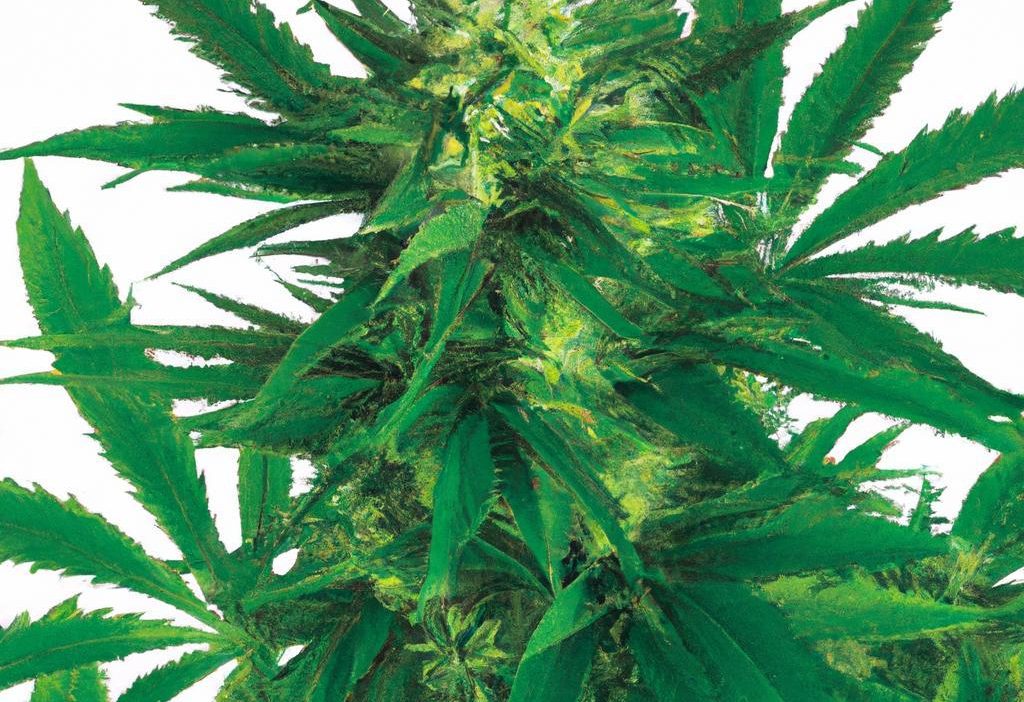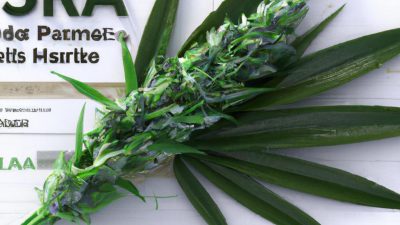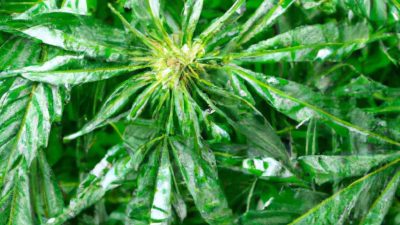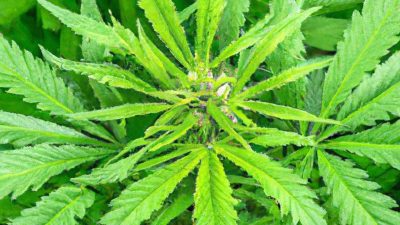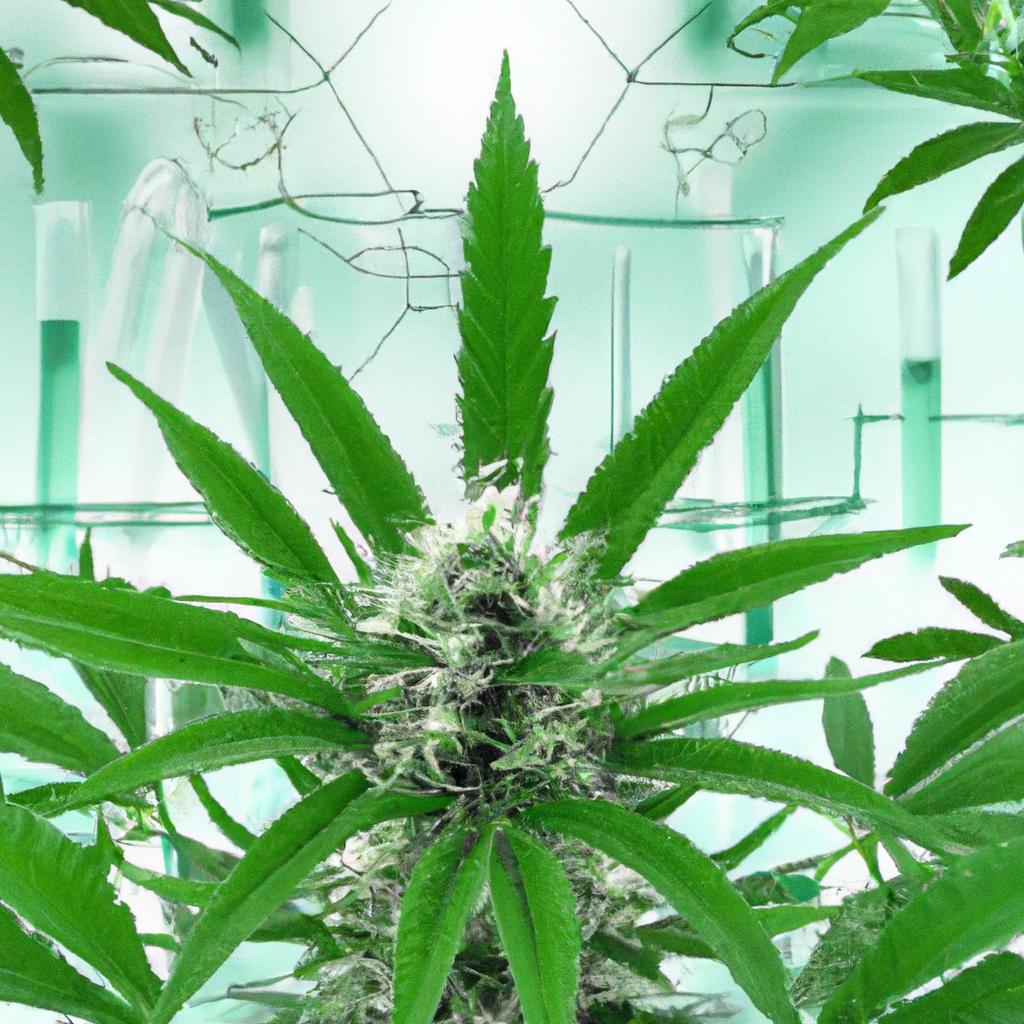
Lab Layouts That Improve Workflow and Maintenance Access in Cannabis Processing
The rapidly growing cannabis industry demands more than just quality cannabis plants; it calls for high efficiency in processing, extraction, and post-processing workflows. At the heart of this efficiency lies the design of cannabis lab layouts. Purposeful lab layouts that optimize workflow and provide easy maintenance access to critical cannabis processing equipment can make a major difference in operational productivity and equipment longevity.
Why Is Lab Layout Important in Cannabis Science and Processing?
when working with cannabis,weather it’s cultivating the plant or handling extraction and purification phases,lab layouts play a pivotal role in ensuring safety,compliance,and process efficiency. A well-conceived lab layout helps:
- Improve the flow of raw cannabis material from reception to processing to packaging.
- Minimize contamination risks by maintaining clear segregation of clean and non-clean areas.
- Enhance maintenance access to cannabis processing equipment, which reduces downtime.
- Ensure compliance with regulatory standards surrounding cannabis manufacturing.
Key Principles of Cannabis Lab layouts That Boost Workflow
Designing cannabis labs involves balancing operational efficiency with equipment maintenance needs. Below are essential principles for cannabis lab layouts that improve workflow and maintenance access:
1. Linear Workflow Paths
Optimize the flow of materials, personnel, and waste via linear paths that avoid cross-traffic and bottlenecks. For example, cannabis biomass should move progressively from receiving to processing, extraction, and finishing areas without backtracking.
2. Modular Zones for Specialized Tasks
Divide the lab into zones dedicated to specific phases, such as:
- Extraction: rooms designed for butane, CO2, or ethanol extraction with ventilation and safety controls.
- Post-Processing: Areas for winterization, filtration, and distillation.
- Packaging: Controlled habitat zones for capping, labeling, and final product preparation.
3. Clear Maintenance Aisles and Equipment access
Ensure that all cannabis processing machinery and technology are installed with adequate clearance on at least two sides to facilitate troubleshooting, cleaning, and repairs. Overcrowding not only delays maintenance but increases the risk of accidents.
4. Efficient Utility Placement
Locate utilities such as power, gas, water, and waste disposal points strategically close to equipment that requires them. This reduces hose and cable clutter that can disrupt workflow and complicate maintenance.
practical Tips for building Cannabis Lab Layouts That Enhance Maintenance Access
Incorporating maintenance access into your cannabis lab layout early saves time and money. here’s how:
- standardize Equipment Spacing: Follow manufacturer-recommended spacing and clearance guidelines to prevent access constraints.
- Install Mobile Platforms and Lift systems: For heavy processing units, use platforms that can be moved during servicing.
- Use Transparent Dividers: Partial glass or acrylic dividers help observe equipment operation while maintaining separation.
- Plan for Easy Filter and Consumable Changes: Extraction equipment frequently enough requires frequent filter swaps – design lab stations to support fast access.
The Role of Cannabis Technology in Optimizing Lab layouts
Modern cannabis extraction and post-processing equipment comes with compact designs and modular capabilities. Integrating smart technologies and automation into your lab layout can improve workflow speed and reduce manual labor.
- Automated Conveyors: move biomass and finished goods efficiently between stations.
- IoT-Connected Equipment: Monitor machine health remotely and schedule maintenance proactively.
- Ergonomic station Design: Minimize operator fatigue, boosting overall productivity.
Case Study: Streamlining a Cannabis Extraction Lab
| Challenge | Solution | Outcome |
|---|---|---|
| Bottlenecks due to equipment crowding | Reorganized layout with modular zones and dedicated maintenance aisles | Reduced downtime by 30%, increased throughput by 20% |
| Delayed maintenance due to poor access | Manufactured custom mobile lift platforms for large extraction units | Maintenance efficiency improved, quicker turnaround on repairs |
| Safety concerns in solvent extraction room | Installed automated ventilation control integrated into extraction workflow | safer working conditions, compliance with safety regulations |
Benefits of Optimized Cannabis Lab Layouts
- Increased Production Efficiency: Streamlined workflows reduce processing time and improve throughput.
- Reduced Operational Downtime: Better maintenance access minimizes disruption and repair delays.
- Enhanced Safety and Compliance: Logical layouts facilitate adherence to industry standards.
- Improved Product Quality: clean and segregated spaces reduce contamination risks during cannabis extraction and post-processing.
Conclusion
Optimizing lab layouts is a foundational step for cannabis processing facilities seeking to maximize operational efficiency, safety, and maintenance access. By thoughtfully designing cannabis environments that prioritize linear workflows, modular zones, and easy equipment accessibility, cultivators and processors can realize smoother cannabis post-processing, extend equipment life, and ultimately increase profitability.
Whether you are developing a new cannabis lab from scratch or upgrading an existing one, paying careful attention to lab layout principles will pay dividends across your cannabis science and technology operations for years to come.


